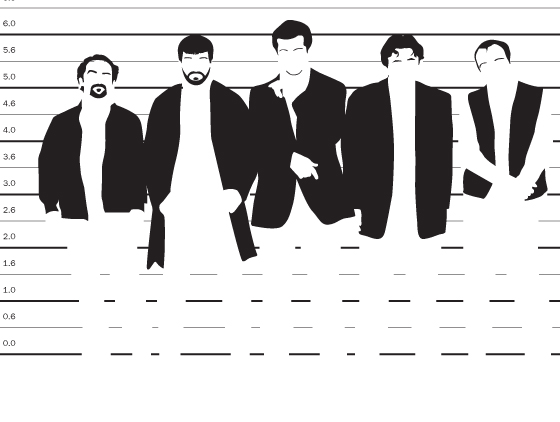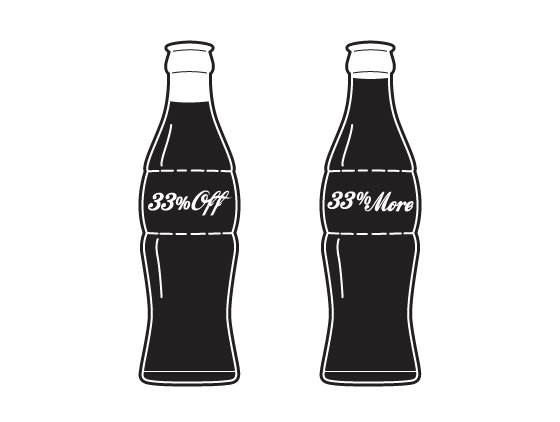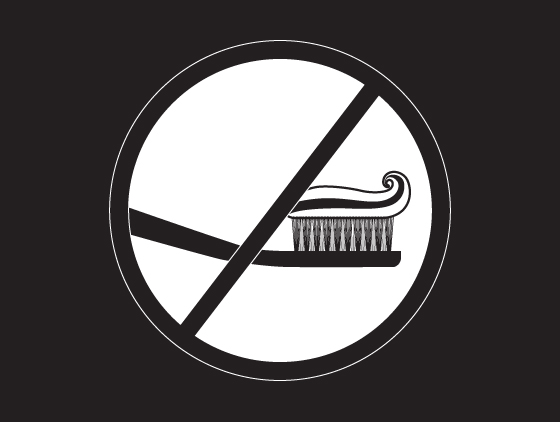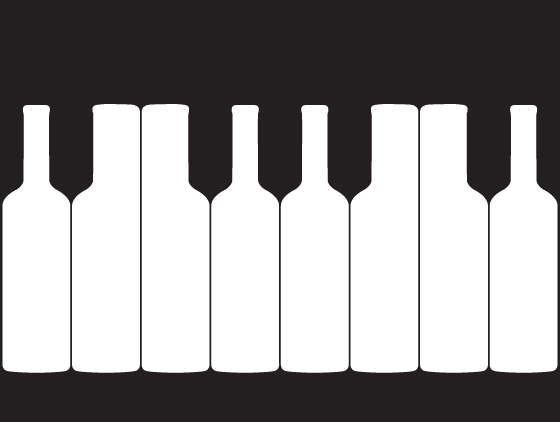There a lot of biases that affect the way we make choices. We of course go about our daily routine completely unaware of them. Here’s one such interesting example, called the ‘Centre Stage effect’ – our preferential bias towards items located in the middle.
Paul Rodway, Experimental Psychologist from University of Chester and his colleagues showed 100 participants a questionnaire consisting of 17 questions, wherein each question featured five different pictures of the same type of item (e.g. five scenic views). Each set of five pictures was arranged in a horizontal row and the task for participants, depending on the question, was either to pick their most preferred or least preferred item. Central items were selected approximately 23 per cent of the time. The selection rate for items in other locations averaged below 20 per cent. By contrast, no position bias was found when selecting their least favoured items.
A second study was similar to the first, but this time each array of five items was arranged vertically – once again there was a bias for the central item. A third study used real objects – five pairs of identical white socks – pinned in a vertical array on a large piece of cardboard. Again, participants were asked to pick out their preferred option and again they showed a bias for the middle choice.
These findings build on past researches showing that observers tended to overestimate the performance of quiz show contestants located in central positions.
I wonder whether this phenomenon has to do with our beliefs linking importance or prestige with being centrally located. If we look at sports podiums on which winners get facilitated, Gold being the most prestigious award, is placed in the middle. In office meetings you are most likely to find the top boss sitting in the middle of the boardroom table. The bride and groom at wedding receptions always sit in the middle overlooking the hall.
This ‘middle’ bias has implications on consumer’s shopping behaviour. If a brand has 5 variants, with the same MRP, the one with the maximum margin should be placed in the middle. If your brand competes with others on retail shelves, ensure its placed bang in the middle, as long as consumers can view all options at one go. But no guarantee about you getting picked up if you stand in the middle of your friends at the night club. Well, you could try.



